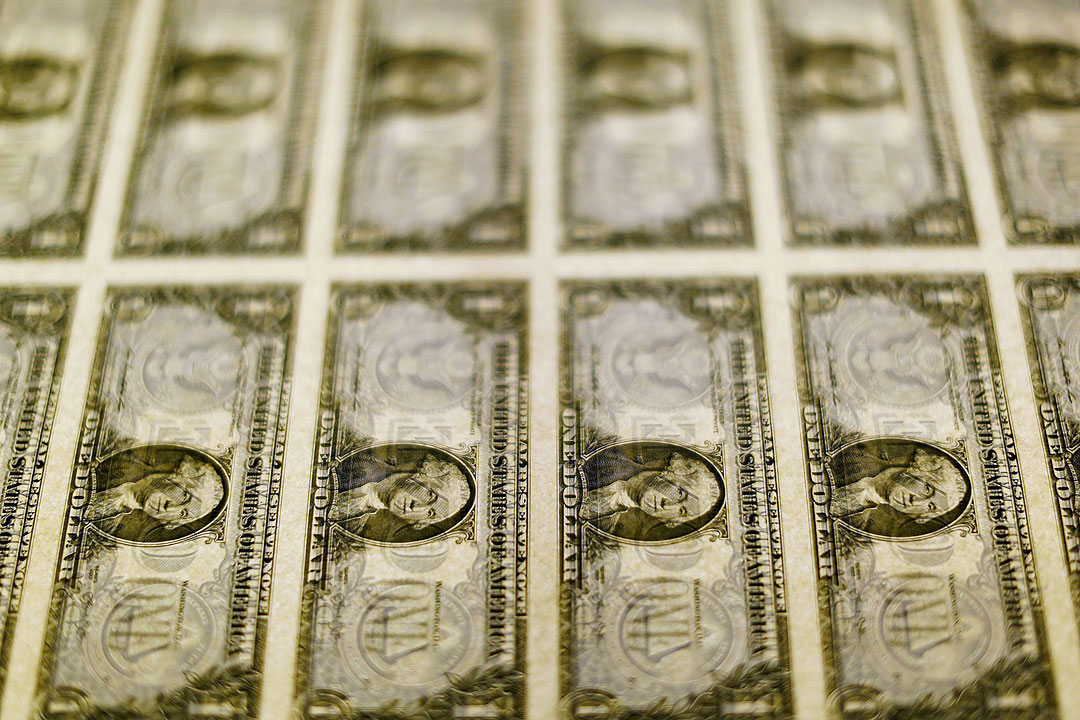
By Luisa Maria Jacinta C. Jocson, Reporter
MORE SHORT-TERM foreign capital entered than left the Philippines in October, after five straight months of outflows, Bangko Sentral ng Pilipinas (BSP) data showed on Thursday.
Transactions on foreign portfolio investments registered with the central bank through authorized agent banks (AABs) posted a net inflow of $83 million in October, a turnaround from the $367.3-million net outflows seen in September.
It was also a reversal of the $221.11-million net outflows in the same month of 2021.
These types of investments are commonly referred to as “hot money” due to the ease by which these flows enter or leave an economy.
October saw $644.55 million in gross inflows, dropping by 27.73% from the $891.89 million posted in September and by 32.12% from $949.58 million a year earlier.
The bulk of investments (73%) went to Philippine Stock Exchange (PSE)-listed securities, mainly in property, banks, holding firms, food, beverage and tobacco, and telecommunications. Around 27% of the foreign inflows went to investments in peso government securities and other instruments.
Investments during the month mostly came from the United Kingdom, the United States, Singapore, Luxembourg, and Hong Kong, which accounted for 84.4% of the total foreign inflows.
BSP data showed $561.11 million in gross outflows in October, a 55.43% decline from the $1.259 billion recorded in the previous month. The October outflows fell 52.01% from the $1.17 billion in October 2021.
The BSP said the United States received 67.7% of total outward remittances.
For the first 10 months of the year, hot money yielded a net inflow of $305 million, a reversal from the $679.64-million net outflow in the same period last year.
ING Bank N.V. Manila Senior Economist Nicholas Antonio T. Mapa said the net inflow of hot money was due to positive market sentiment as fears of aggressive tightening by the US Federal Reserve eased.
“Sentiment likely carried through to November as evidenced by the rebound of the peso and the resurgence in local equities,” he added in a Viber message.
Rizal Commercial Banking Corp. Chief Economist Michael L. Ricafort said the relatively stronger peso-dollar exchange rate also supported investor sentiment.
“Narrower net foreign investment outflows are also due to recent Fed signals and market expectations of smaller Fed rate hikes,” he added in a text message.
The US Federal Reserve is seen to slow its pace of interest rate hikes, Reuters reported, as the market is pricing in a 50-basis-point (bp) rate hike in its December policy meeting. The Fed has raised rates by 375 bps since March, bringing its benchmark interest rate to a 3.75-4% range.
The peso continued to strengthen against the dollar, as the local unit closed at P56.78 against the greenback on Thursday, gaining 16 centavos from its Wednesday finish of P56.94.
The peso returned to P56-levels on Wednesday, which also marked its strongest close in over two months and the first time it ended at the P56 level since its P56.77 finish on Sept. 13.
The BSP expects hot money to yield a net inflow of $4.5 billion this year.
‘Hot money’ swings to inflow in October
Source: Bantay Radio
0 Comments